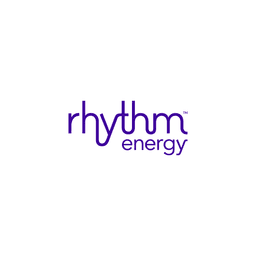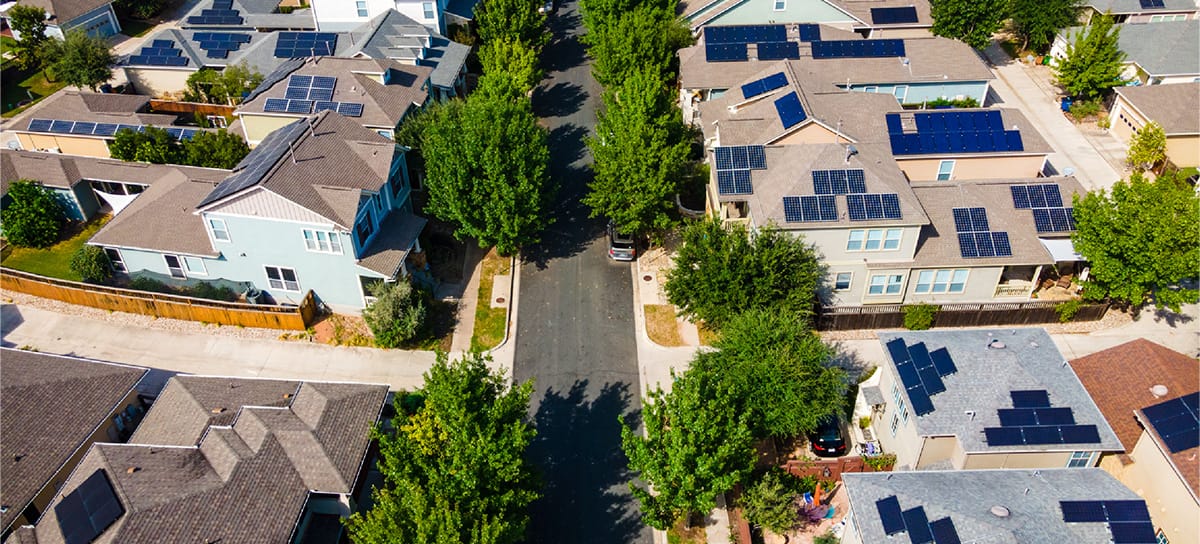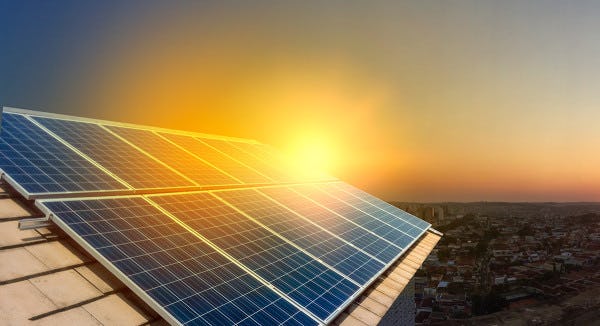Whole-House Solar Systems: A Comprehensive Guide
Harnessing solar energy for your home offers a wide range of advantages, making it an attractive investment for homeowners who are looking to improve their energy efficiency and sustainability. As solar panels convert sunlight into electricity, households can generate their own power, reduce reliance on the grid, and lower monthly utility bills. Solar energy also significantly reduces a home's carbon footprint, contributing to a cleaner environment.
While the initial installation of a whole-house solar system can be costly, there are government solar incentives and tax credits which may be available to offset expenses. These incentives, combined with long-term energy savings, can enhance the return on investment, making solar energy a financially viable solution over time.
Understanding Solar Systems
A whole-house solar system is typically made up of several components: solar panels, an inverter, mounting hardware, battery storage (optional), and a monitoring system. There are several key considerations when evaluating a solar system.
Costs and Return on Investment
Initial expenses can vary based on factors such as system size, panel efficiency, and the complexity of installation. However, energy savings and incentives can lead to real long-term financial benefits.
Installation and Maintenance
Professional installation is key to ensuring that your solar performs as well as possible. Solar panels typically have a lifespan of 25-30 years; routine maintenance, such as panel cleaning and system monitoring, helps maintain efficiency and extend the lifespan of your system.
Financing Options
Homeowners can explore purchasing, leasing, or financing options to make solar energy more accessible. An up-front payment in full is the best way to start getting a return on your investment, and incentives such as the Federal Investment Tax Credit (ITC) can reduce upfront costs even more. But some banks will loan you the money for the improvements. There are also some solar companies that will lease the system to you – meaning that they own it, not you (so you can’t take the tax credit).
Addressing Common Misconceptions About Whole-House Solar Systems
Despite the growing adoption of solar energy, there are still several common misconceptions.
Myth: Solar panels don’t work on cloudy days.
Fact: While direct sunlight enhances performance, solar panels can still generate electricity on cloudy days, although at a reduced rate.
Myth: Solar systems require excessive maintenance.
Fact: Solar panels have minimal maintenance requirements. They typically only need occasional cleaning and periodic inspections.
Myth: Going solar means going off-grid.
Fact: Most homeowners remain connected to the grid, allowing them to draw power when needed and even sell excess power that they generate but do not use back to the grid.
Finding the Right System for Your Home
Selecting the appropriate solar system calls for a careful assessment of your household’s energy consumption and other considerations..
System Sizing and Customization
The right system size depends on your average electricity usage, available roof space, and energy goals. A professional energy assessment can help determine the optimal configuration.
Adding Battery Storage
Many homeowners invest in batteries that store solar energy for use when the sun isn’t shining. Storing excess energy for later use increases the home’s energy independence.
Potential Challenges
Factors such as roof orientation, shading from trees or buildings, and local permitting regulations can impact your system’s efficiency and installation.
Net Metering and Energy Savings
Many utilities offer net metering programs, allowing homeowners to earn credits for surplus energy sent back to the grid, further enhancing cost savings.

How Rhythm Energy Supports Solar-Powered Homes
We are a trusted provider of energy solutions that integrate seamlessly with whole-house solar systems. By offering transparent and customer-focused plans, Rhythm Energy helps homeowners get the most out of their solar investments. We also provide detailed information on how their energy plans integrate with residential solar setups, helping you make informed decisions.
Our PowerShift plan, for example, is a time-of-use plan designed to complement solar energy systems. Homeowners can take advantage of lower electricity rates during off-peak hours, optimizing their energy usage and increasing savings. And with our PowerShift Solar Buyback plan, you can even sell excess power back to us.
With a commitment to renewable energy and customer satisfaction, we work hard to make it easier for homeowners to transition to solar while benefiting from flexible and transparent energy solutions. For more information, visit gotrhythm.com.
FAQs About Whole-House Solar Systems
How much does a whole-house solar system cost?
The cost varies based on system size, panel efficiency, and installation requirements. On average, residential solar systems range from $15,000 to $30,000 before incentives, with tax credits and rebates helping cut upfront expenses.
How long does it take to install a solar system?
Installation itself typically takes one to three days, but the entire process, including permits and inspections, can take several weeks.
Can solar panels eliminate my electricity bill?
While solar panels can significantly reduce electricity costs, completely eliminating your electricity bill depends on system size, energy consumption, and net metering policies.
Do solar panels work during a power outage?
Standard grid systems shut down during outages for safety reasons. However, solar battery storage can provide backup power, ensuring that electricity is available during blackouts.
What financing options are available for solar systems?
Homeowners can choose from purchase, loan, lease, or power purchase agreements (PPAs). Federal and state incentives, such as the Investment Tax Credit (ITC), help make solar more affordable.




